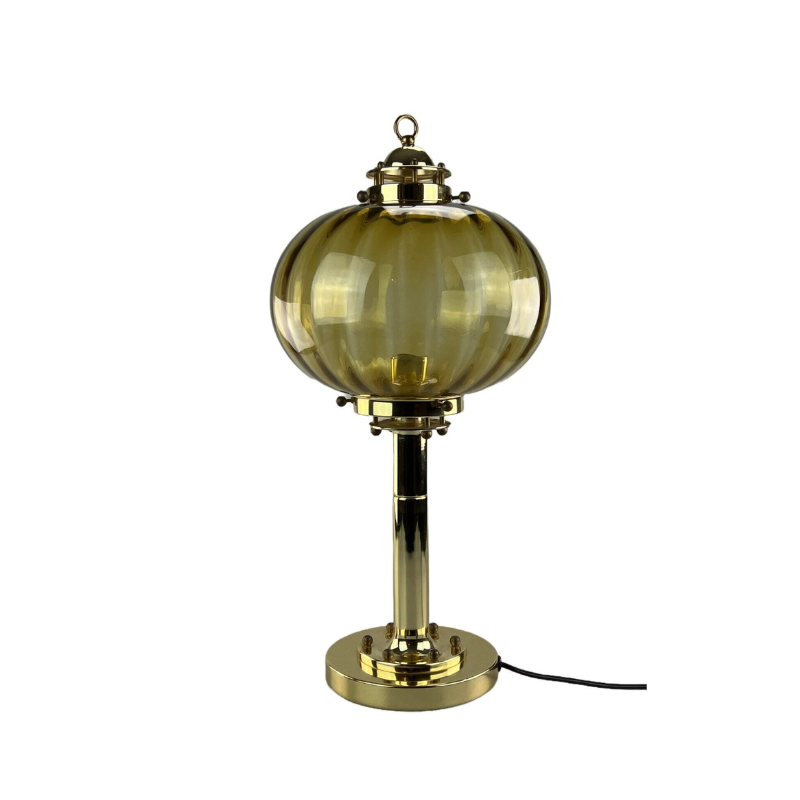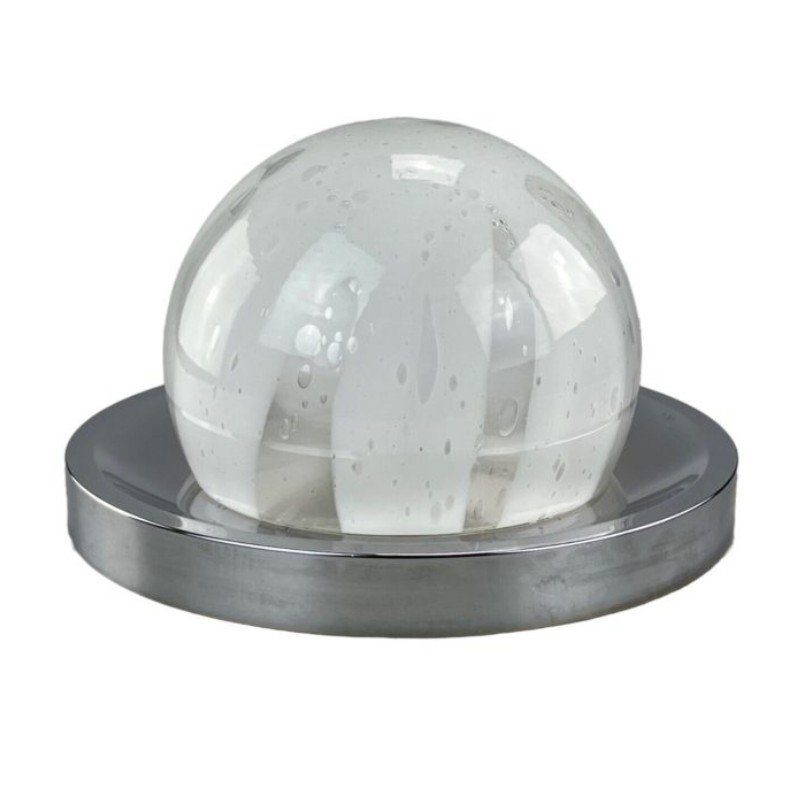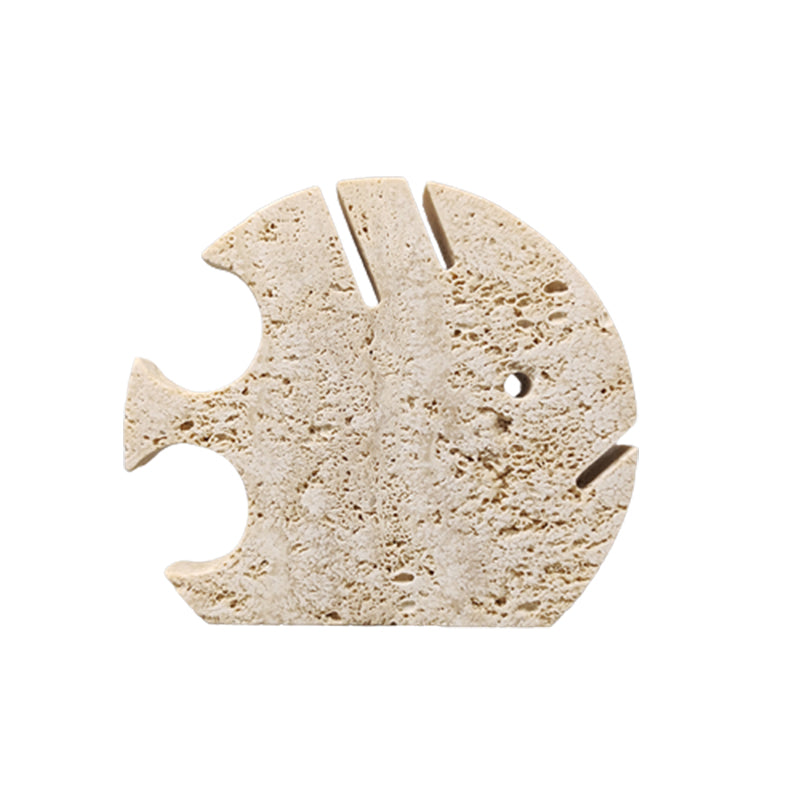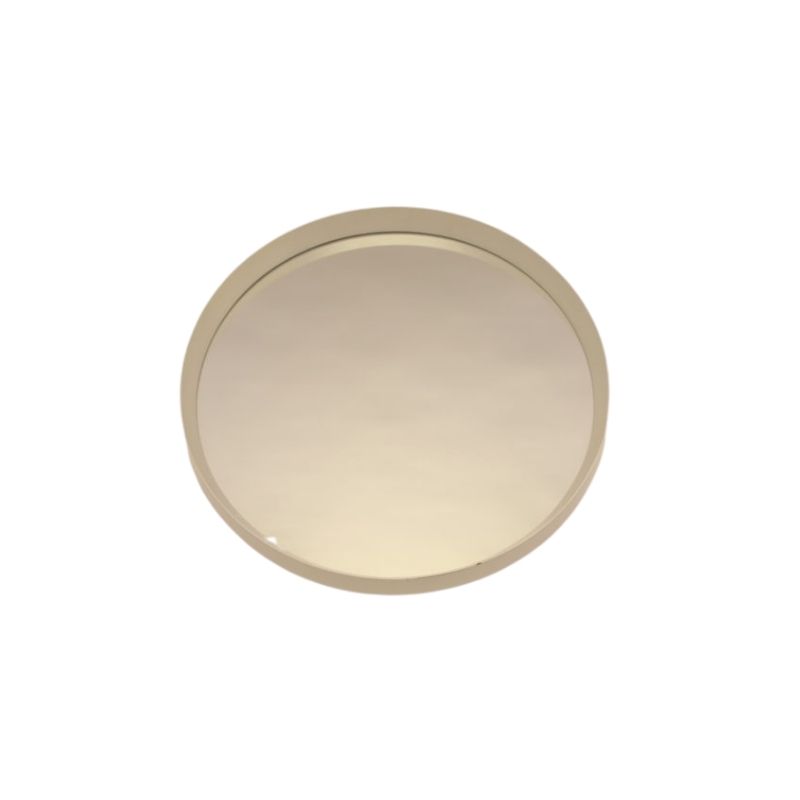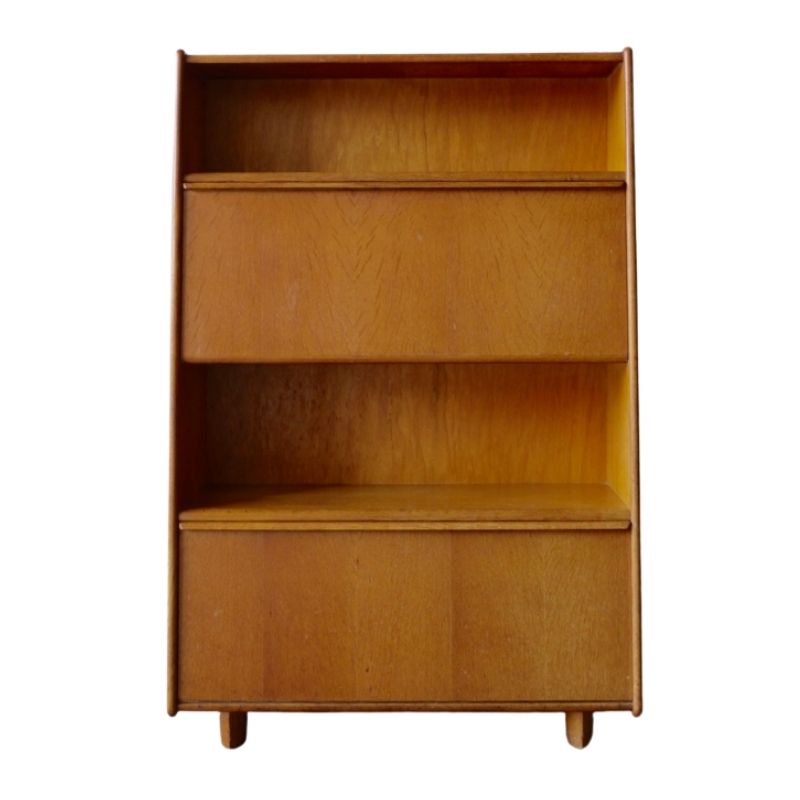Hello, a few days ago I bought this chair from a man who was emptying his garage. It looks very similar to the famous chair by Hans Wegner, "the chair". the person told me the chair was imported from America by his grandfather in Italy. the person is about 60 years old, speaks about his grandfather, I think it is a chair of the 50's.
He told me that his grandfather was a carpenter and I think he did some work on the chair. There is a Metal label of an american bank under the seat.. But under the label you can see an "h" branded. Do you think is it authentic?
Thank you!
<img class="wpforo-default-image-attachment wpforoimg" src=" | http://d1t1u890k7d3ys.cloudfront.net/cdn/farfuture/gUIfyROeycUxsLo4Cf1msgCOkqdnJAtZKW1PuMzm0QE/mtime:1487902565/sites/default

The diagonal corner blocks on the underside look very American to me, and not very Scandinavian, much less Wegner for Johannes Hansen. So I dug up some photos of the underside of Johannes Hansen production. And the underside is different, and much what I would expect to see. It uses a compact little metal clips and screws to hold the seat on, and has no reinforcing corner blocks (because it was designed not to have them, because Wegner wanted it to look good even from the bottom).
Second: it is not possible to see in the photos if the backrest has the correct joints. If it doesn't that would be a very easy negative.
Based solely on the blocks on the underside, I would say it is not authentic. Of course, as Aunt Mark would say, I could be wrong.


I would vote for the chair's authenticity.
It seems pretty clear the chair was originally purchased by JP Morgan--likely quite some time ago. The underside of the chair reveals that it has undergone two different JP Morgan inventory systems. The first inventory mark is in magic marker and the second has the metal label (clearly later in time as it covers over part of the earlier marking).
JP Morgan would have hired a first rate interior architect or decorator who was likely familiar with the chair's "design provenance", i.e., it was a popular top end design chair in its early years, famous for use in the Kennedy/Nixon debates, etc. It would have been a suitable prestige chair for a major investment bank.
Now, ask yourself this: What are the chances that JP Morgan (advised by someone "in the know" at the time) would have purchased a knock-off production? Next to zero, in my view. Say what you want about bankers, but it would not have been their style to save a few bucks on non-authentic chairs.
As for the blocking, I think there are two possible explanations. First, JP Morgan would have ordered a large number of chairs. It is not inconceiveable that they could have "ordered" some minor modifications to the bottom to make it more sturdy. As Howard Moon indicated, this can be found in other Wegner chairs.
Another possibility is that the chair was modified by the subsequent owner. (The current owner of the chair surmises that the prior owner was a woodworker). It seems also obvious that this chair has been re-stained (stain marks cover tpart of he metal inventory label) and the seat has been re-covered (it does not appear to be a "professional" job). It is also quite possible that the blocks were added when the seat was recovered.
One of the first things I would do would be to unscrew the metal inventory label to see what is under it. It appears to be precisely where the manufacturer's stamp would normally be. The other thing I would do would be to examine very carefully the joinery where the armrests meet the rounded backrest of the chair. The picture posted here doesn't show that clearly enough; but, if you examine some of the detailed pictures of "known" Wegner Round Chairs on the web, you'll notice a distinctive joinery pattern.
If you need any help, please contact us at – info@designaddict.com





